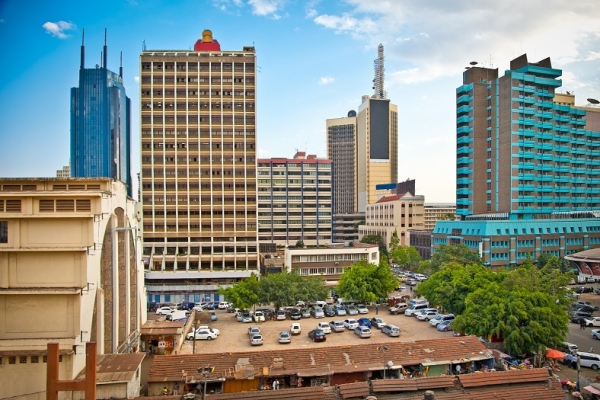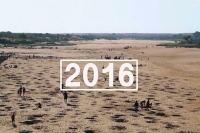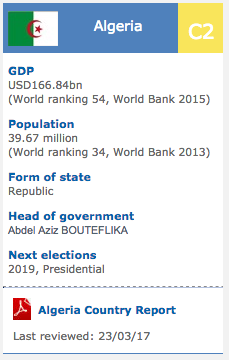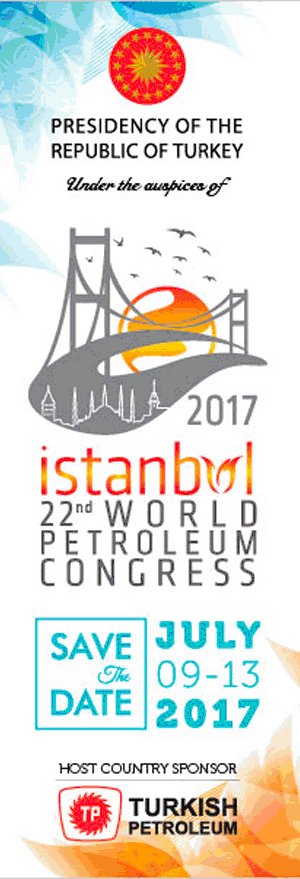Country Rating C2
|
Strengths
-
Large domestic market (population 46mn)
-
Member of the East African Community regional trading bloc, whose expansion offers good business opportunities.
-
Vibrant horticultural and tourism sectors, although the latter is volatile, subject to domestic political stability and regional security concerns.
-
Regional energy sector has significant potential including offshore gas fields. Exploitable reserves inside the country offer direct benefits, while inputs through Kenyan ports are also a plus.
-
Strategic importance: regional economic hub.
-
Strong improvement of doing business index.
|
Weaknesses
-
Poor record in terms of political party and individual rivalries and ethnic, tribal and religious divides, which spilled over into violence in 2008. Despite a relatively successful election process in March 2013, these fault lines remain in place.
-
Regional uncertainties (including Somalia, piracy and terrorist activity).
-
Classified as a lower-middle income economy by the World Bank, with associated need to maintain aid and other external assistance flows.
-
Chequered relationship with the IFIs and wider donor community, partly reflecting perceptions of corruption.
-
Twin deficits of fiscal and current accounts.
|
Economic Overview
A Positive General Overview
Kenya benefits from a virtuous circle. Real GDP growth in 2016 was +6%, continuing the high annual growth rates recorded after the political/social crisis years of 2008 (+0.2%) and 2009 (+3.3%). EH forecasts growth to improve further to +6.5% in 2017 and +7% in 2017, boosted by ongoing reforms. Such rates compare favourably with a long-term (ten years) annual average of +5.4%.
This trajectory is supported by improvements in infrastructure but is dependent on enhanced domestic and border security. Positive recent developments in Kenya are well described by improvement in the World Bank’s doing business ranking (92nd, up +37 places from 2015 survey). The biggest steps forward were made on starting a business and resolving insolvencies components.
Some imbalances, but under control
Kenya still struggles with twin deficits, a classical challenge for a low-income fast-growing economy, as the capital stock rises from a low base. Simply put many things must be imported. Yet one should note that these deficits were reduced gradually decreasing and should further decrease.
Financing is not a key issue. Foreign exchange reserves cover about five months of imports. Foreign direct investment represents 65% of the current account deficit. Moreover, Kenya has secured a two-year USD 1.5bn IMF precautionary loan (the country does not intend to draw on this facility, but it can be tapped into in case of emergency). This loan is a buffer against shocks. It also means that public policies are closely monitored by the IMF.
Economic integration adds to positive growth dynamics but mind the politics
The East African Community (EAC) importance for Kenya is on the rise as regional integration deepens: Mombasa remains the largest regional port and Uganda and Tanzania already account for a combined 20% of Kenyan exports. Other economies in the region exhibit a similar positive momentum (+7.5% and +5.5% growth expected in Tanzania and in Uganda in 2017). Moreover, the Chinese strategy to develop new trade routes under one road, one belt plan has important implications for the region.
The main potential threats to these positive dynamics are political. Domestic and regional security remains volatile, as demonstrated by the Westgate mall terrorist attack in 2013, and tensions are heightened by periodic al-Shabab militancy. Policy slippages related to the Presidential election can also pose a challenge.
















